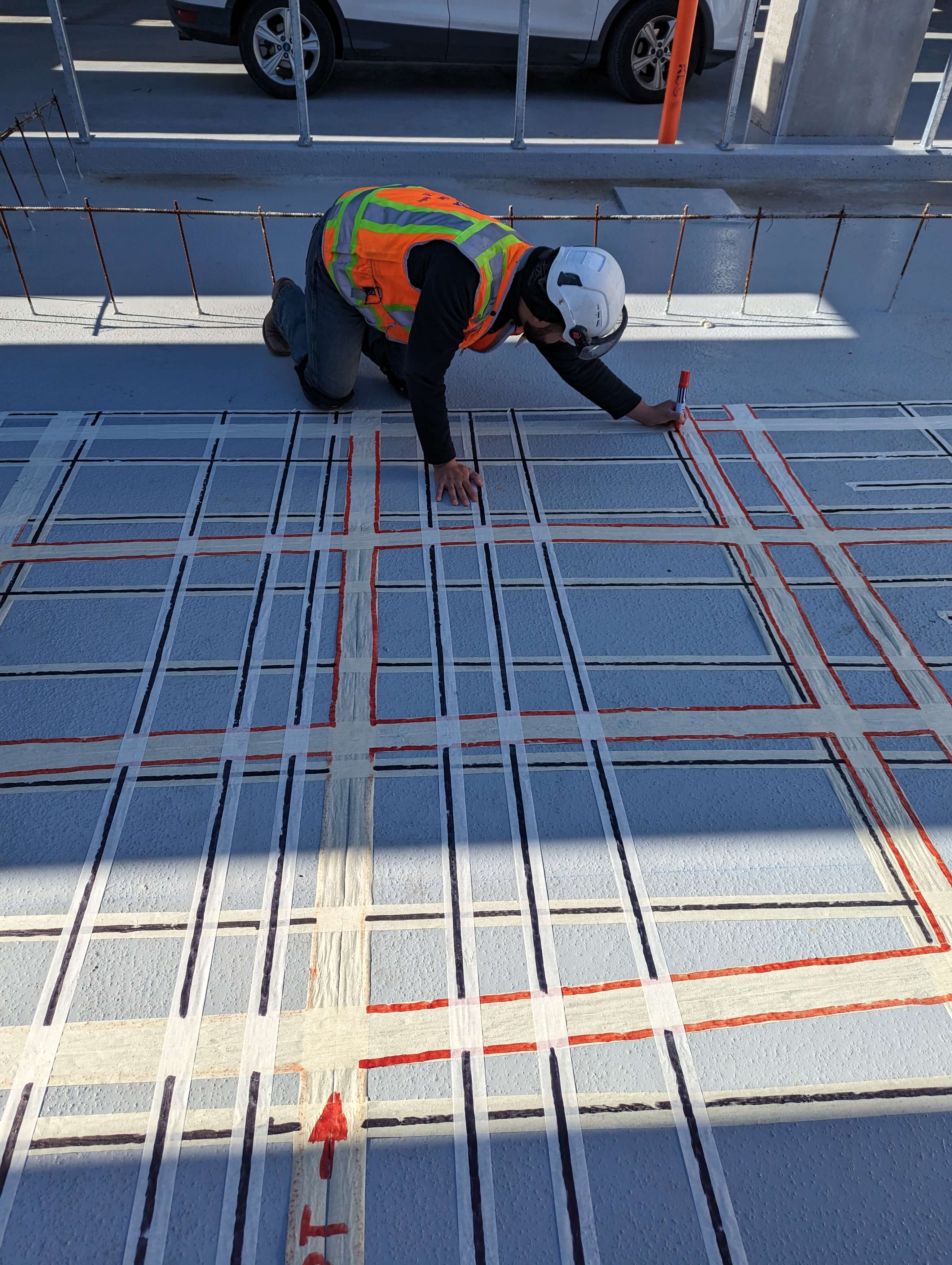Expert Tips for Optimum Concrete Scanning Outcomes
Expert Tips for Optimum Concrete Scanning Outcomes
Blog Article
Reveal the Transformative Power of Concrete Scanning in Making The Most Of Performance and Safety
Concrete scanning has actually arised as a critical tool in the building industry, offering exceptional advantages in boosting job performance and making sure security requirements. By making use of sophisticated innovation, concrete scanning permits specialists to see beyond the surface area, discovering hidden intricacies that can influence the architectural stability of a structure. The transformative power of concrete scanning exists in its capacity to provide in-depth understandings and real-time data, revolutionizing exactly how jobs are planned and implemented. As we explore the details of this innovative method, a globe of possibilities opens up, showcasing a brand-new era of building and construction practices that focus on precision and safety.
Value of Concrete Scanning
Making certain the architectural stability and safety and security of construction jobs starts with the vital step of performing complete concrete scanning. Concrete scanning is a non-destructive approach used to spot and map subsurface aspects within concrete frameworks.
In addition, concrete scanning aids in maximizing task timelines and spending plan by preventing unforeseen expenses and delays that may develop due to unpredicted blockages within the concrete. Eventually, investing in detailed concrete scanning is an aggressive strategy that boosts both performance and safety and security in building and construction tasks.
How Concrete Scanning Works
Concrete scanning operates as a critical tool in building and construction projects by utilizing innovative innovations to discover and map subsurface elements without causing structural damages. Ground Penetrating Radar (GPR) and Electromagnetic Induction (EMI) are 2 primary approaches made use of in concrete scanning.
During the scanning process, the information accumulated is evaluated in real-time, enabling prompt recognition of potential threats or barriers underneath the surface. This information help in decision-making, making certain that building tasks continue securely and successfully. In addition, 3D imaging software can be utilized to create detailed maps of the subsurface elements, even more enhancing job planning and implementation. By employing these innovative modern technologies, concrete scanning substantially decreases the danger of costly damages and injuries on building and construction sites.
Benefits of Concrete Scanning
Utilizing advanced scanning technologies in construction tasks uses a wide variety of advantages, boosting both performance and safety and security on-site. Among the main advantages of concrete scanning is the ability to discover and situate embedded things such as rebar, post-tension cable televisions, and avenues accurately. By identifying these aspects before drilling or reducing right into concrete structures, the risk of unintentional strikes is substantially minimized, stopping prospective injuries to workers and damages to the framework itself. Concrete scanning assists in preparation and creating extra effectively, as it supplies specific information regarding the location and deepness of architectural elements.

Case Researches: Concrete Scanning Success

In one more instance, a building business made use of 3D concrete scanning to evaluate the problem of maturing concrete frameworks in a historic building. The thorough scans provided important understandings right into the extent of degeneration and helped prioritize maintenance initiatives efficiently. By proactively addressing locations of concern determined via scanning, the company had the ability to prolong the life-span of the structure and ensure owner security.
These study emphasize the transformative power of concrete scanning in improving effectiveness, accuracy, and safety in construction tasks.
Executing Concrete Scanning in Projects
Applying sophisticated scanning modern technologies throughout construction jobs has actually become progressively crucial for enhancing precision and security. By incorporating concrete scanning right into job preparation and execution, construction teams can determine potential dangers, such as rebar or post-tension cords, concealed within concrete frameworks. This proactive method reduces the danger of that site crashes, delays, and expensive rework, inevitably bring about extra efficient project timelines and spending plans.
To implement concrete scanning effectively, job supervisors ought to collaborate closely with seasoned scanning specialists to establish the most suitable scanning strategies for the details job demands. Involving scanning experts from the very early stages of a task allows the team to develop detailed scanning plans that resolve crucial areas of concern and ensure thorough information collection.
Additionally, integrating concrete scanning into regular project operations can simplify decision-making procedures, as real-time check data supplies prompt understandings into the problem of concrete frameworks - Concrete Scanning. This data-driven method promotes educated problem-solving and enables teams to make adjustments promptly, fostering a society of performance and security throughout the project lifecycle

Conclusion
To conclude, concrete scanning plays a crucial function in boosting effectiveness and safety in building tasks. By making use of sophisticated modern technology to map and find out underlying frameworks within concrete, this process assists to stop costly errors, ensure structural stability, and decrease risks on website. With the capacity to uncover concealed components and supply exact information, concrete scanning shows to be a useful device for enhancing task outcomes and making best use of overall success.
Concrete scanning is a non-destructive technique made important link use of to spot and map subsurface aspects within concrete frameworks. Furthermore, concrete scanning assists in enhancing job timelines and spending plan by avoiding unanticipated costs and hold-ups that might arise due to unexpected blockages within the concrete. One remarkable case study entails a massive restoration task where concrete scanning played a critical role in making sure project success.In an additional situation, a construction company used 3D concrete scanning to examine the problem of aging concrete frameworks in a historical building. By incorporating concrete scanning into task planning and execution, building teams can determine potential hazards, such as rebar or post-tension cable televisions, concealed within concrete structures.
Report this page